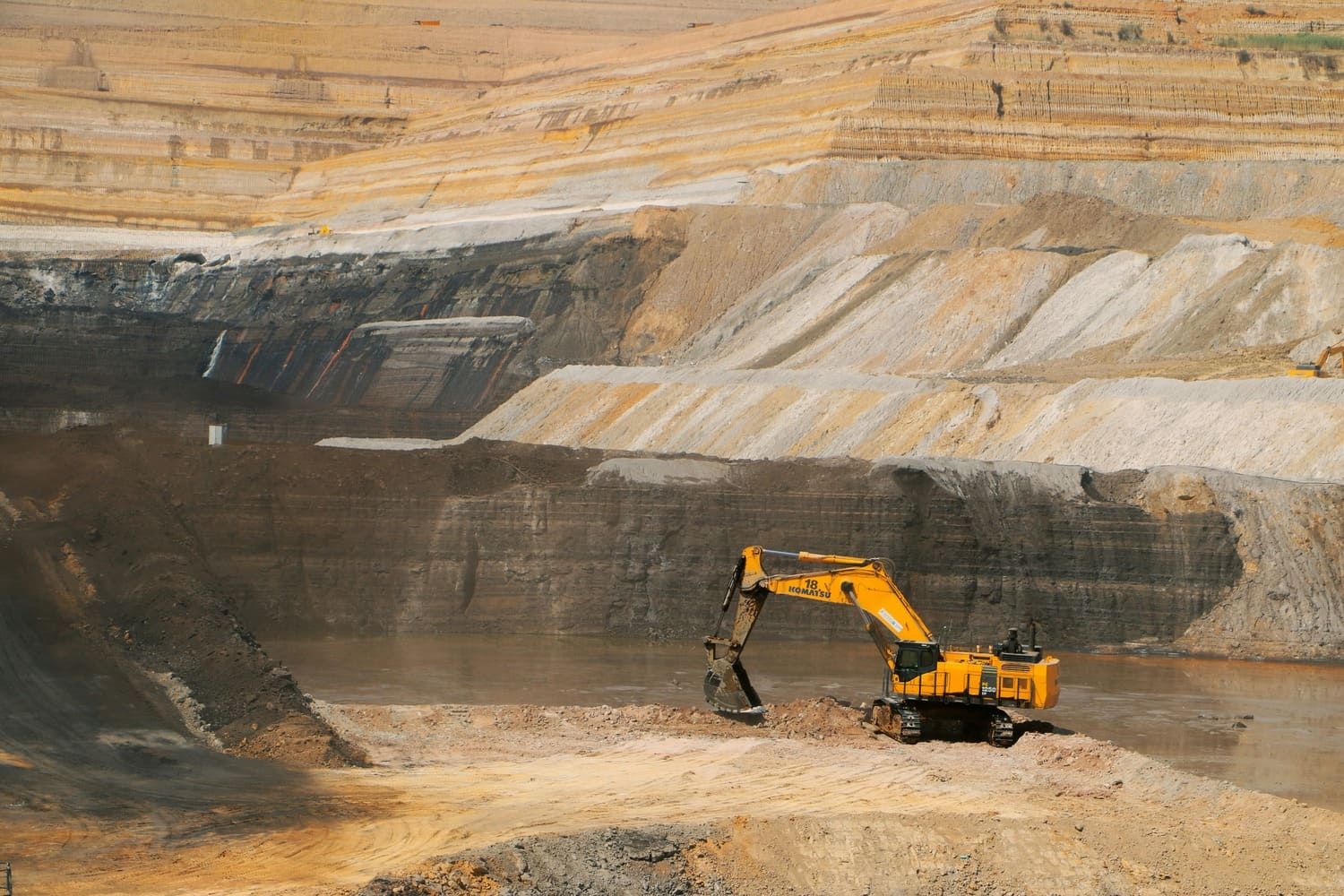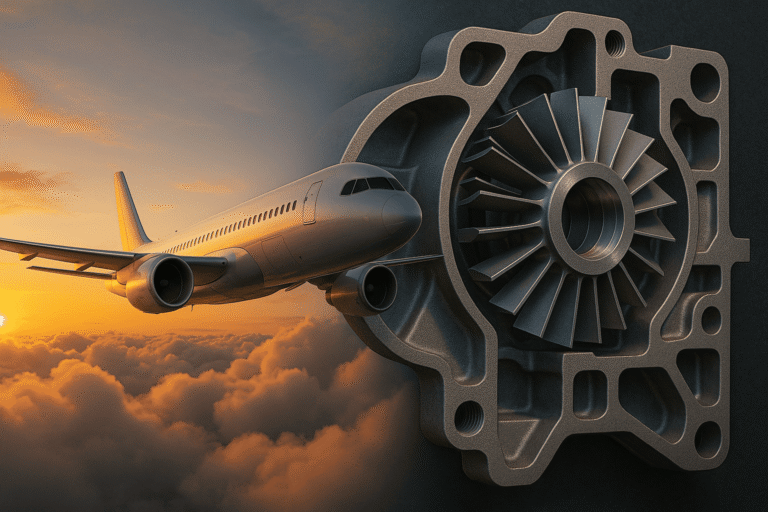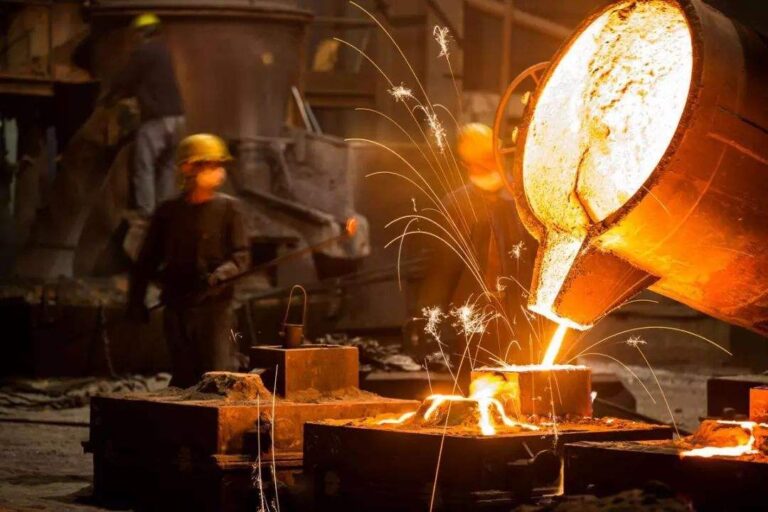Precision Casting for Mining Equipment: Engineering Resilience for Extreme Conditions
Precision casting has become indispensable in the mining industry, where extreme operating conditions demand components that can withstand relentless abrasion, impact, and corrosion. The technology’s value proposition lies in its ability to deliver superior material performance through specialized alloys like high-chrome white iron (28% Cr) and modified manganese steels, which are precisely engineered for specific ore types and operating conditions. These materials undergo rigorous heat treatment to achieve surface hardness levels of 550-700 BHN, while their internal microstructures are optimized to resist crack propagation in high-impact environments.
The manufacturing flexibility of precision casting allows for complex geometries that simply cannot be achieved through conventional fabrication methods. Components feature internal reinforcement structures, optimized wear profiles that extend service life by 2-3 times, and integrated mounting systems that reduce assembly failures. This geometric freedom translates directly to economic benefits, with precision cast parts typically offering 40-60% lower cost per operating hour compared to alternatives, supported by rapid 3-5 day emergency replacement services and ongoing wear analysis for continuous improvement.
Critical mining applications span the entire material handling chain, from crusher mantles with interlocking carbide inserts to slurry pump volutes with erosion-resistant contours. The technology particularly shines in ground engagement tools like shovel bucket adapters with impact-resistant cores and dragline chain links featuring fatigue-resistant microstructures. Advanced production techniques including ceramic shell molding and controlled solidification achieve 99.94% density, while robotic grinding stations ensure micron-level dimensional accuracy. Digital innovation plays a key role, with 3D scanning enabling reverse engineering of worn parts and virtual stress testing validating designs under actual load scenarios.
A concrete example demonstrates the technology’s impact: cone crusher liners processing porphyry copper ore were failing prematurely at 400kt intervals. The precision casting solution implemented a multi-layer composite design combining a 28% Cr white iron working surface with a toughness-enhanced backing material, resulting in 890kt service life (a 123% improvement) while reducing replacement time by 22% through integrated lifting features. Looking ahead, the field is moving toward smart wear parts with embedded sensors, sustainable practices including 85% scrap utilization, and hybrid manufacturing approaches that combine casting with additive techniques for functionally graded materials.
For mining operations seeking to optimize their maintenance strategies and reduce total cost of ownership, precision casting offers scientifically validated solutions backed by metallurgical expertise. The technology continues to evolve, incorporating digital monitoring capabilities and environmentally conscious manufacturing processes while maintaining its core advantage: engineering resilience for the world’s most demanding industrial applications. With global logistics support and rapid prototyping capabilities, modern precision casting providers can deliver customized solutions that address the unique wear challenges of each mining operation.







